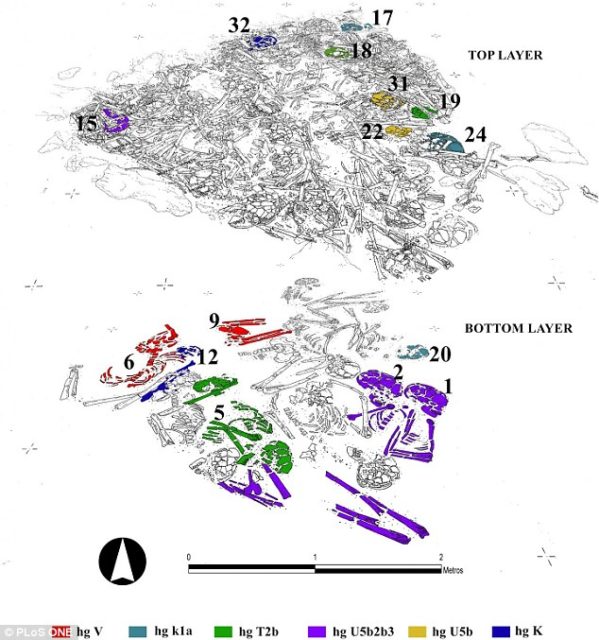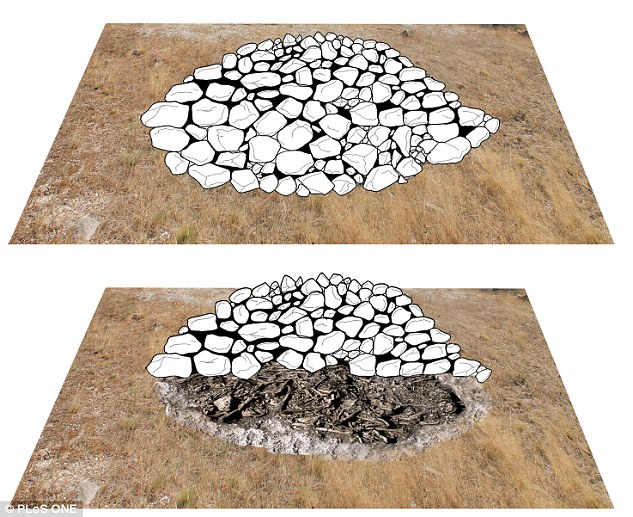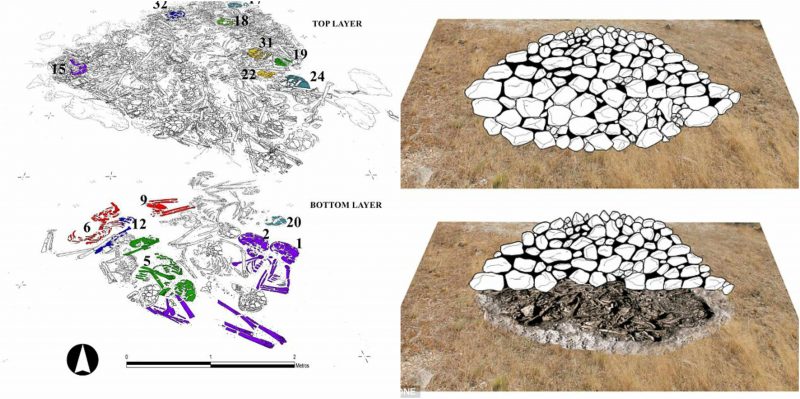At Alto de Reinoso in northern Spain archaeologists from the University of Valladolid are leading a team of researchers who are analyzing the remains of skeletons found in a Neolithic tomb. The remains of almost 50 members of a closely connected community that lived almost 6,000 years ago. These archaeologists have so far found at least 47 adults and adolescents that were buried inside the tomb over the span of 100 years. It is likely that they grew up in the same region that they were buried. However, this discovery has determined that they were more than a group of typical Stone Age Settlers. It is possible that they were the first people to introduce new burial rituals within Europe.

Analyzing the DNA gathered from the skeletal remains, this team was able to provide a window into who these people were, the food they are and diseases they battled. Based on the layout of the tomb, it was also clear what rituals they introduced to the region. The combination of DNA bone analysis, archaeological and geographic date provides the best glimpse into how these people might have lived. These discoveries provide a nice picture into this small but close knit community while lived a mostly peaceful lifestyle.
Spain, Portugal and France were home to the first time and energy intensive stone structures that were constructed to remember the dead before spreading throughout Europe. Findings like this indicate that these early Spanish settlers were among the first to bring this new form of burial to the region.
One researcher wrote in the journal Plos One, “Where a tomb had once stood, a monument to the memory of the ancestors was now erected as a permanent reference to their presence in the symbolic and cultural landscape.” The tomb had three different layers. In the deepest layer, the bones of six closely related people were buried. Some of the family members were situated next to one another.
Located above them in the middle layer of the tomb (dating back to a similar time to the deepest layer), the majority of skeletons seemed to have been disturbed at some point. There were missing bones, including skulls. The researchers went on to explain that a shift in the use of the tomb likely indicated that the bones were removed or moved in the course of rituals. Finally, the top layer of the tomb was established during the Bronze Age, around 1,700 BC.

Conclusions in this case do in fact rely on certain underlying assumptions associated with the Neolithic societies at the time. The team believes that this study is the first to provide an in-depth picture of this community in life, but also in how they handled death.
The lead author is Professor Kurt Alt who said, “All the extensive data collected, including information on life style, demographics, health status, diet and subsistence, mobility patterns as well as the genetic profile of the group fit in with the typical way of life of sedentary farming populations at this time period.” He went on to add, “The embracement of a collective burial chamber for the community members rather than individual graves indicates significant shifts in social identity.”
